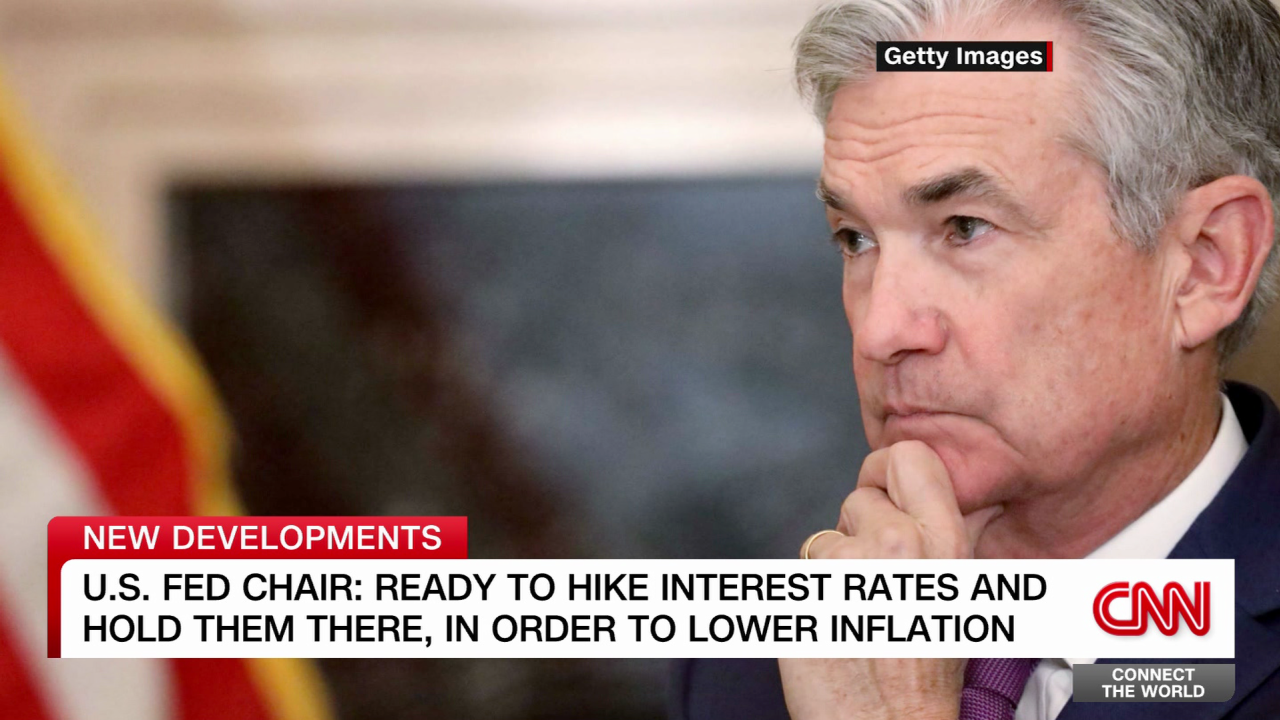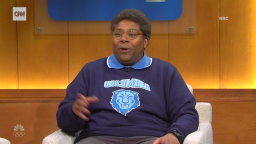The US labor market continues to live its Goldilocks story with healthy job growth but at a far cooler pace than the blockbuster job gains of the past two and a half years.
On Friday, the Bureau of Labor Statistics reported that the US economy added 187,000 jobs in August, a total that’s roughly in line with the monthly average seen from 2010-2019 and a figure that’s considerably below the white-hot job gains that marked the pandemic recovery.
The monthly job total came in similar to last month’s job gains; however, the July total was revised down by 30,000 jobs to 157,000. June was revised down significantly as well, from 185,000 to 105,000. The downward revisions brought the three-month average to 150,000 jobs.
Economists were expecting total job gains of 170,000 for August, according to Refinitiv.
The unemployment rate unexpectedly jumped to 3.8% from 3.5%. It’s calmly drifted between 3.4% and 3.7% since March 2022, and economists had projected it would hold steady at 3.5%.
The labor force participation rate rose to 62.8%, the highest it’s been since the onset of the pandemic, and average hourly earnings grew at a slower monthly pace, ticking up 0.2%, showing annual growth of 4.3%. In July, wages grew 0.4% and 4.4%, respectively.
The Federal Reserve, which is in the throes of a historic inflation-busting campaign, has been wanting to see more slack in the labor market, believing the imbalance between worker supply and demand could cause wages to rise and push inflation higher.
“If you’re [Fed Chair] Jerome Powell or another member [of the Fed’s policy committee], this is music to your ears,” Jay Bryson, chief economist with Wells Fargo, told CNN in an interview. “It’s showing that labor demand and labor supply are coming more into balance.”
He added: “It’s a good report right before Labor Day.”
August’s total marks the 32nd consecutive month of job growth.
Unemployment rate jumps higher
The monthly jobs report is composed of two surveys to measure employment levels and activity: one that surveys businesses about employment, hours and earnings; and the other of households to obtain the labor force status of the population with demographic details.
The unemployment rate comes from the latter, which is often volatile: The last time (outside of the onset of the pandemic) when the United States saw such a large swing upward in the unemployment rate was in May, when it jumped 0.3 percentage points to 3.7% but stepped back down the two following months.
Driving the increase in unemployment in August, according to the BLS report, was an increase in the labor force, which grew by more than 700,000. Within that, the number of people who lost their jobs or who completed temporary jobs rose by 294,000 to 2.9 million in August, offsetting a decrease of 280,000 in July. The number of new entrants to the workforce edged higher to 597,000.
While some economists cautioned the increase may be due to the monthly volatility, a larger labor market pool could be viewed as a positive development as well.
“This is the highest the labor force participation rate has been since before the pandemic,” said Gus Faucher, PNC Financial Services’ chief economist, in a statement. “If sustained, this increase in the labor force could help cool off wage growth and slow inflation.”
That’s exactly what the Federal Reserve is hoping for as it aims for a soft landing, or bringing down inflation without tanking the economy and throwing millions of Americans out of work.
Labor force participation rates have been on the decline — largely due to demographic changes — since hitting a high of 67.3% in early 2000, and had fallen to 63.3% in the month before the onset of the pandemic. The participation rate sank to 60.1% in April 2020 and has slowly crawled higher in the three-plus years since.
It’s remained below pre-pandemic levels mostly due to permanent demographic shifts, including Baby Boomers reaching retirement age, accelerated early retirements during the pandemic, deaths from Covid and workers staying home with long Covid or for increased caregiving needs.
Yellow’s closure and the Hollywood strikes both leave their mark
The job gains seen in August were broad-based and occurred across most sectors, with some of the largest increases seen in health care, leisure and hospitality and construction.
Several sectors continued to claw back workers after suffering deep job losses during the pandemic; however, many critical sectors have yet to return to the employment levels of February 2020 or before.
Leisure and hospitality, which added jobs for the 32nd consecutive month, remains 290,000 jobs, or 1.7%, below pre-pandemic totals. A big laggard within that sector has been the accommodation industry, which remains 238,000 jobs, or 11.3%, below where it was in early 2020.
Child care services added 3,000 jobs in August but remains 41,000 positions, or 3.8%, below February 2020 levels; and local government is 208,000 jobs, or 1.4%, shy.
During August, the temporary help sector as well as the transportation and warehousing industry continued to shed jobs, with the latter showing the effects of Yellow’s bankruptcy.
The 99-year-old trucking giant suddenly shut down, resulting in the layoffs of its 30,000-person workforce.
The ongoing strikes in Hollywood also showed up in Friday’s employment report. The motion picture and sound recording industries contracted by 17,000 jobs in August, “reflecting strike activity,” according to the Labor Department.
— CNN’s Bryan Mena contributed to this report.





